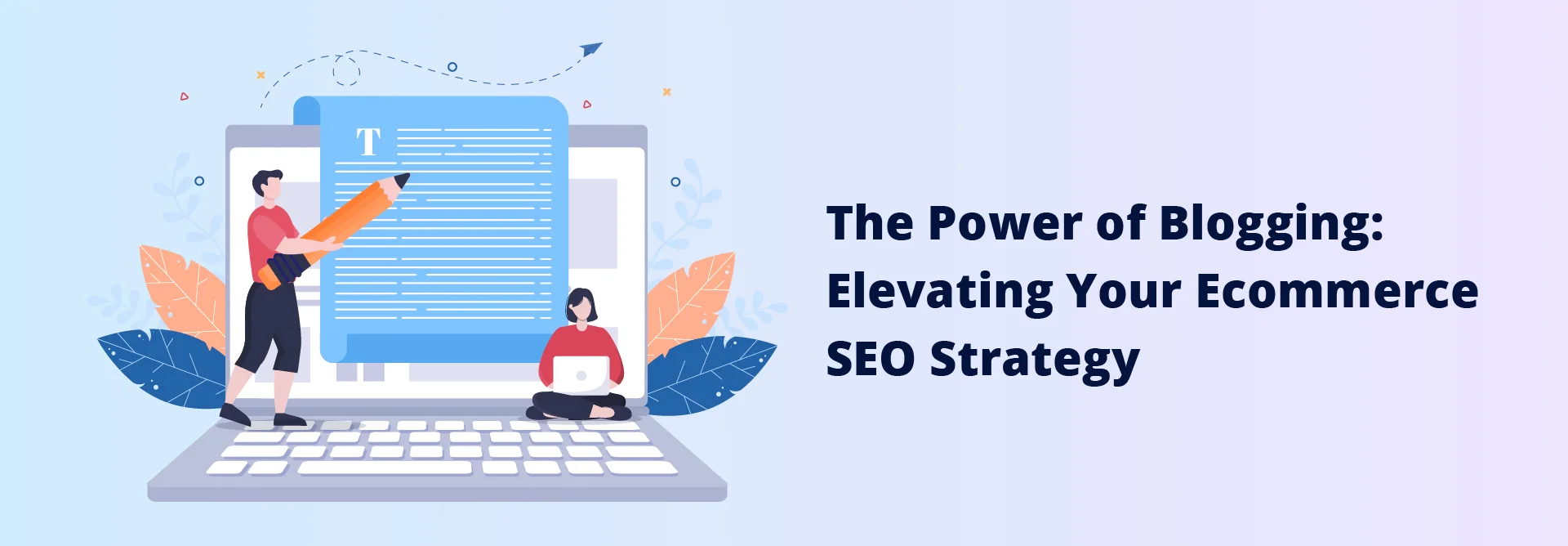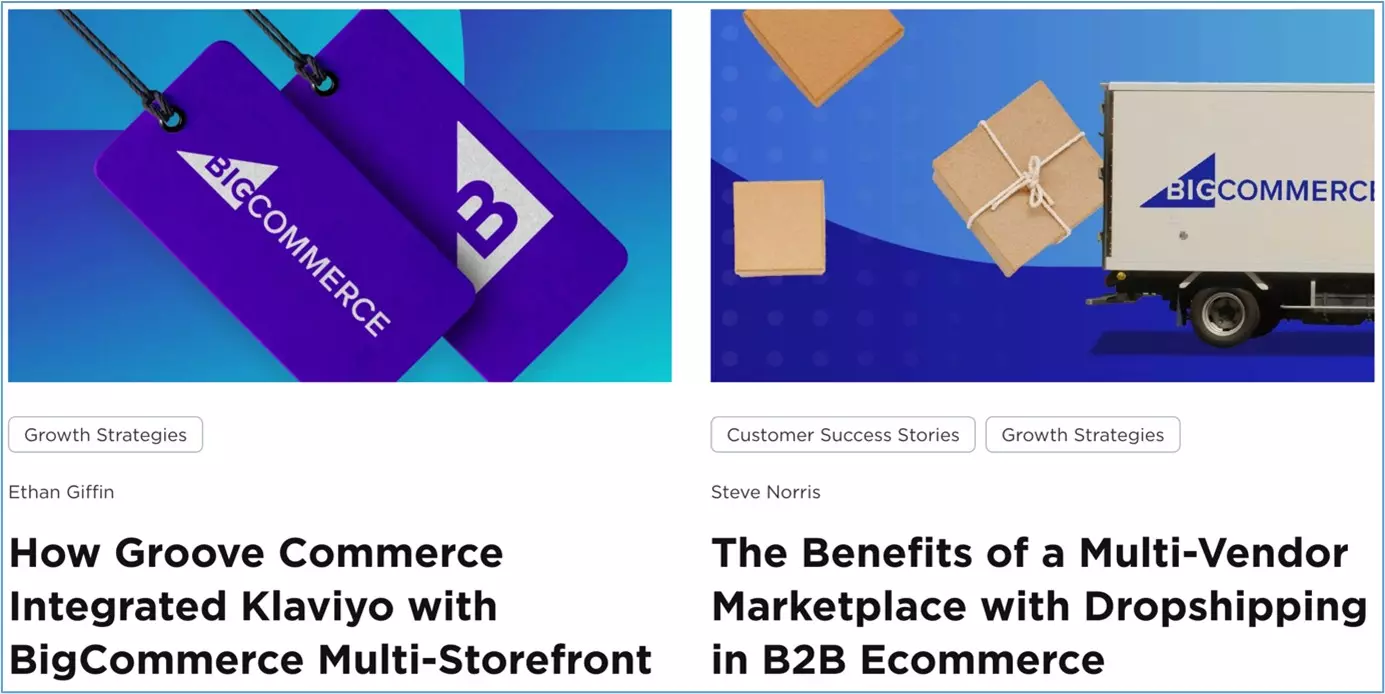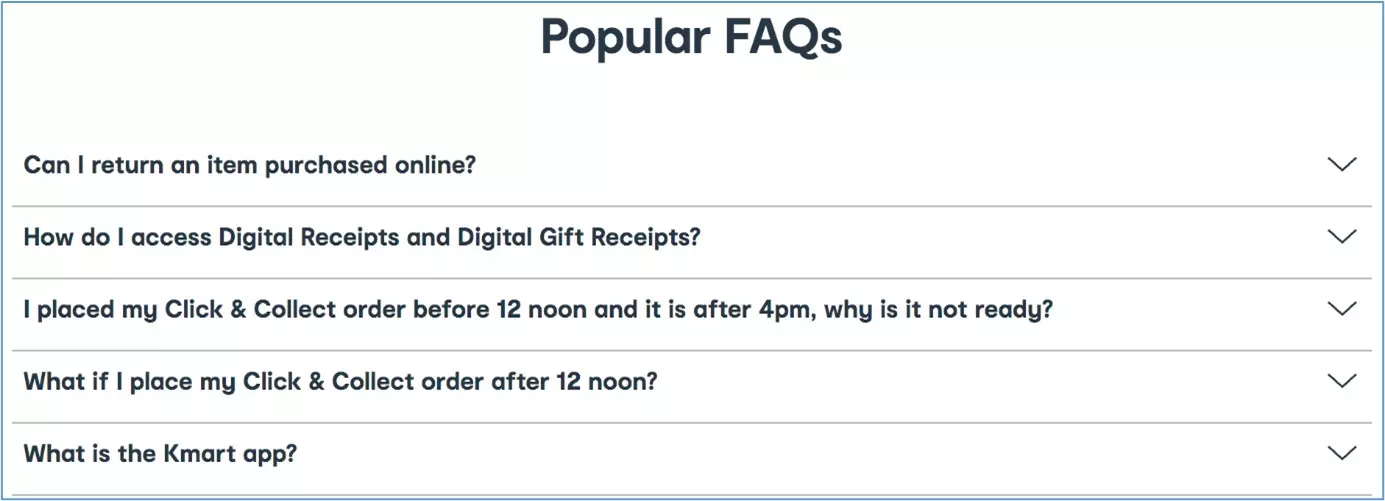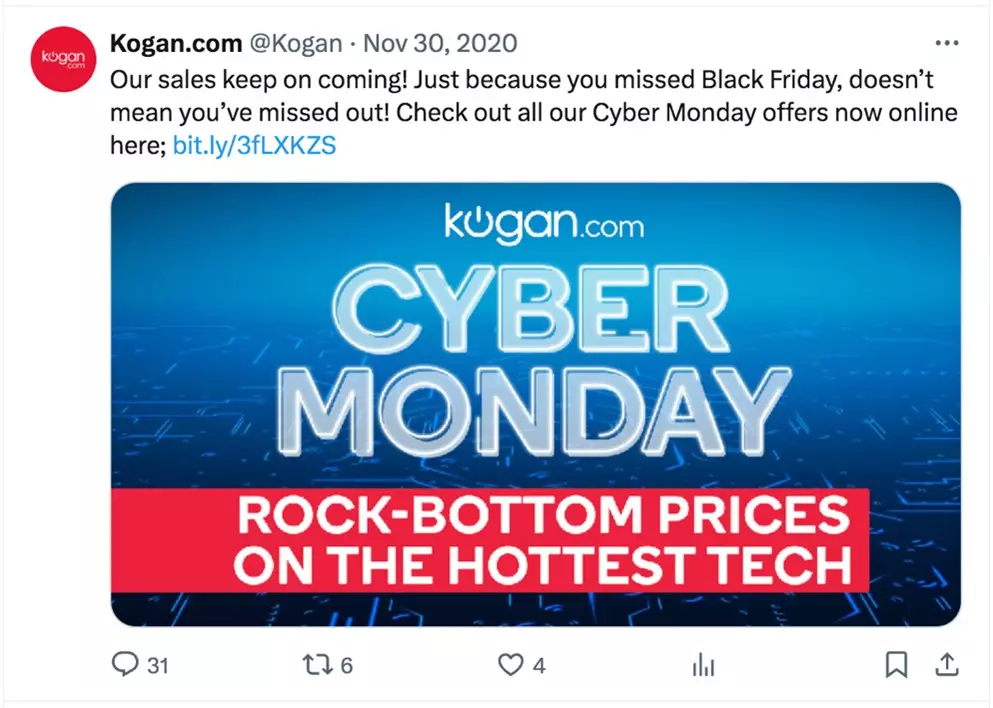

Year-on-year, the ecommerce industry is soaring in profits.
How will you attract traffic, sales, and revenue for your e-store in future years?
One definite and popular way is eCommerce blogging.
But is blogging worth your time and efforts, especially when eCommerce ads and influencer marketing are rising?
Let’s check some relevant statistics:
As per HubSpot stats, sites with blogs lead with 434% higher indexed pages than non-blogging sites.
Now, you can target many relevant keywords with more site pages. This helps your site appear in the search engines for a higher number of search terms.
You can expect higher traffic to your e-commerce site or blogs.
Based on the quality and intent of your blog, you can convert these readers into leads and customers.
If you plan a thought-out blogging strategy, you can target crucial keywords for your site. Optimizing your blog’s content can help you rank higher for these keywords.
Higher rankings also translate into higher traffic and, eventually, higher sales.
Blogging helps you tap into content marketing opportunities. You can target more relevant and crucial long-tail keywords for your business.
While your product pages include your focus keywords, your blogs can cover other relevant keywords.
Moreover, your product pages might include crisp and common product-specific keywords. But blogging gives you a free way to cover unique and crucial information about your product.
For example, if you offer laptops on your site. Common blog topics can include:
Here, you can include relevant keywords and attract qualified traffic.
As an eCommerce brand, you have limited touchpoints for customer conversation. You can interact with them during purchases, orders, complaints, or feedback.
However, blogging can open a continuous interaction channel for your eCommerce business.
Producing great content will help you establish a loyal reader base. You can respond to their comments and queries through small blogs.
This loyal reader base is likely to feel connected with your brand and bestow you with repeat sales.
Blogging or content creation allows you to establish your brand reputation. 70% of consumers prefer to switch to articles to learn about a company.
Now, social proof has a huge influence on online buyers. And product-related blogs and content can help them make more informed decisions.
These blogs will further foster trust among your buyers and influence them to purchase. You can link your product pages to these blogs and expect qualified leads.
Having a blog further gives your influencer collaborations a channel to build upon.
Recollect your words and topics as you need blogging for better eCommerce SEO.

A majority of eCommerce product pages are about copied product-related content. Therefore, eCommerce product pages often struggle to rank in the SERPs.
However, you can employ blogging to produce unique and quality content. This content must offer users substantial value and include relevant keywords.
How are you planning to attract backlinks to your eCommerce site? Blogging can help.
Sites with blogs attract 97% more links than their non-blogging counterparts.
Blogs are crucial for your eCommerce business, from defining your internal linking structure to earning backlinks.
Authoritative sites can link back to your relevant blogs, and you can also plan guest blogs. Quality blogs through content marketing
reflect your site authority.
You can pass the link equity from your blogs to product pages through internal linking.
Email traffic contributes significantly to eCommerce sales. And blogging can help you with boosting your email traffic.
ECommerce sites that blog earn double the email traffic as compared to sites that don’t blog.
You must convert your blog traffic to email subscribers as a smart marketing tactic. You can offer downloadable resources
or subscription channels to capture email IDs.
This will add to your email marketing channel.
The B2B eCommerce industry generally has a longer conversion cycle.
And the consumers wish to make informed decisions.
They love to read about the product and learn more about the brand before purchasing. Blogging can offer you ample space on
your site to cover this crucial information.
You can attract new B2B consumers with your blogs and give value to site users. A dedicated blog section that answers their
concerns can help you grow your B2B sales.
Unless your eCommerce site has an FAQ section, you might not address common user queries.

Blogging gives you enough real estate on your site to address common user queries. You can track these queries, find relevant keywords, and create blogs around them.
Such blogs will help you attract traffic for these query-related search terms. These informational blogs can create valuable trust points that translate into sales.
You must use blogs, email, and social media to broadcast information.
Blogs can help you spread the word about new product launches, sale events, rebranding, news, etc.
You can establish a loyal online community by regularly visiting your blog for information. Cover blogs like:
Such blogs will build trust, help consumers stay informed, and boost eCommerce sales.
Blogging isn’t a one-time effort. Instead, it is a continuous effort to grow your presence and visibility.
But, unlike SEM, results from your blogging efforts don’t fade when you stop them. You can keep reaping the benefits
from content marketing efforts in the long term.
Marketers who employed blogging as their marketing channel earned 13X more ROI than those who didn’t.
If you can develop a loyal blog reader base, you can establish a regular leads channel.
You might be using social media channels and opt-in emails for your announcements. However,
blogs can be another crucial channel through which your announcements can be made.
These can be announcements about your new product launches, events, or promotions. You can also cover
brand-specific news like rebranding, new site launches, etc.
Blogs can offer you great reach for your brand-specific announcements. You can also share the same blog links on other channels like newsletters and social media.
Companies that employ blogging procure 67% more leads than companies that don’t.
Blogging helps build a regular engagement channel for
your eCommerce business. It keeps your brand in the minds of online consumers, and you attract higher traffic.
Moreover, blogging helps you attract organic traffic
that is more likely to convert. The close rate of organic traffic is 14.6%, higher than the close rate (1.7%) of outbound leads.
Blogs give you yet another channel to promote your products. A creative blog
optimized for SEO can help you create great buzz around your new products.
You get enough space to highlight your top-selling products and enhance their popularity. You can produce
unique content for your products, increase awareness, and convince users to buy them.
For example,
A blog like “10 Gadgets that Will Boost Your Style Quotient” can promote your gadget offerings.
Linking these popular blogs to your product pages also helps them perform better in SERPs.
How about highlighting your brand as an industry expert? Blogging gives you the right exposure to display your industry expertise.
For example,
You must cover automobile industry news if your eCommerce business specializes in car sales. You can also cover expert
automobile articles, road test reviews, car comparisons, etc.
This approach allows you to attract automobile enthusiasts and car lovers. A significant part of this audience
might turn out to be your customers.
Moreover, industry news helps you generate regular reader traffic for your site.
Most businesses use content like blogs, brochures, guides, etc., as effective marketing materials.
You can produce brand-specific or product-specific blogs to boost relevant traffic and sales.
The next tactic can be to use these blogs for marketing:
The eCommerce industry has been witnessing daunting competition over the years. Even if you are in a super-niche
eCommerce category, you can still feel the heat of this competition.
Your audience must hear your brand’s voice in this huge competition. Here is where blogging can be one of your best bets.
You can create blogs to connect consumers with your brand’s strategic narrative. You can highlight your
ideology and regularly add value for your audience through your blogs.
This will help develop a familiarity for your brand among the audience. So the next time they wish to research or buy a product, they will switch to your brand.
Your product pages generally target the audience in the middle or bottom of the funnel. These users know
the product and are more likely to have transactional intent.
However, most of your audience can be in the top stage of the funnel. These can include the audience that
is still in the phase of learning. This audience might wish to learn about a product, its options, where they can buy it, how it helps, etc.
Blogging can help you produce content for this type of audience as well. Your blogs can help them resolve their queries and help them travel to the bottom of the funnel.
Blogs can go viral. If one of your blogs attracts good engagement and covers a crucial concern, users might love to share it.
They can use social media sharing buttons or directly share the link over email, etc. Even if a blog doesn’t rank on SERPs, it can gain good referral traffic through shareability.

That said, you must produce highly relevant content for your audience. The readers must find it interesting enough to share with their contacts or followers.
Blogs do not eat into your marketing budget, making them a free form of marketing.
You just need to invest a certain amount of time to produce blogs.
Moreover, blogs source organic traffic that is more likely to offer conversions. And their
organic traffic keeps reaping results for months and even years.
You might share your blogs on social media and even through paid advertising. It will help you with inbound lead generation for high-value product sales.
You might display your promotions on your site and social media as an eCommerce business. Here, blog
pages can increase the free advertising space on your site.
For example,
If you have an upcoming sale event, you will most likely utilize your home page and social media space to promote it.
Here, blogging can give you extra pages on your site to promote this event.
Most eCommerce brands earn seasonal traffic only when they run paid ads. And brands utilize
these ads during the shopping seasons or new product launches, etc.
However, when you pull these ads down, the sites go out of traffic and lead. Moreover,
the brands lose their popularity until they plan new paid campaigns.
Here, blogging can help you retain considerable traffic and popularity when you pull ads out of play.
Regular traffic also works amazingly to boost brand familiarity, and it results in regular sales.
Are you allocating a significant amount of your marketing budget to paid marketing?
This can be either paid ads or influencer marketing.
If yes, blogging can help you reduce your dependency on paid channels.
If done right, blogging can help you generate decent and relevant traffic to your eCommerce site.
And once you start ranking in the SERPs for crucial keywords, the traffic grows further.
This approach reduces your dependency on paid marketing. And you can reduce your paid marketing budget.
The product pages on eCommerce sites generally offer straightforward ‘Buy Now’ or ‘Add to Cart’ CTAs.

These CTAs may be too early to capture the audience, which is still in the information-gathering phase.
Or when you are selling a product that has a high ticket price.
However, you can create multiple touchpoints by promoting your products via blogs.
Whether you collaborate with influencers, bloggers, or brands, blogs offer space to cover the entire story.
Moreover, blogs allow you to experiment with your content without altering the user experience on your main pages.